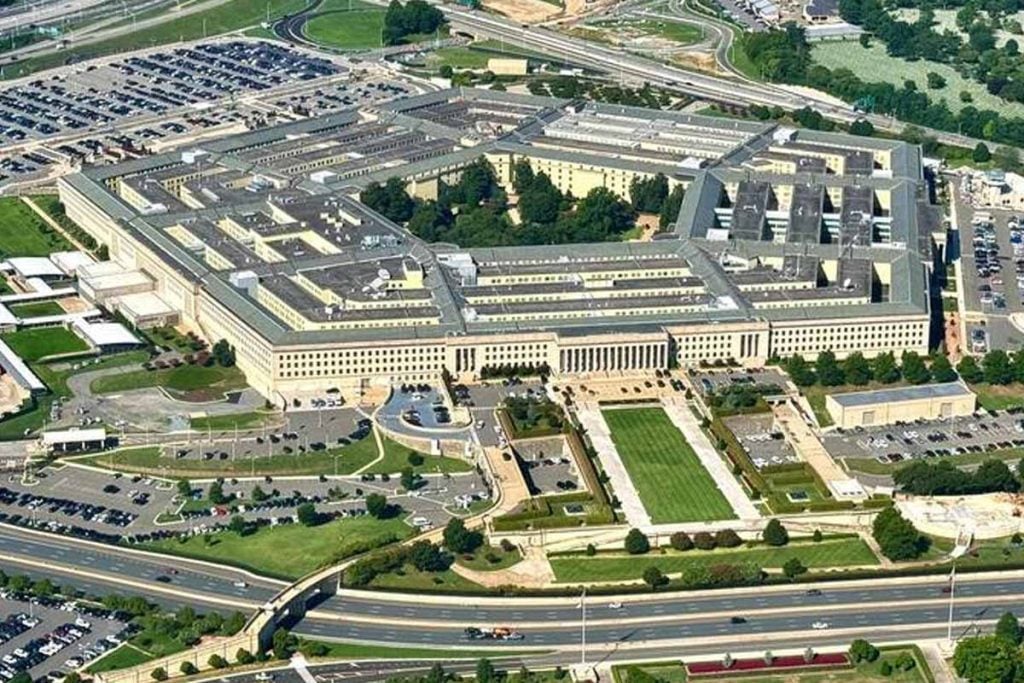A shadow has fallen over one of America’s industrial pillars. The news of a major manufacturing giant sliding into bankruptcy has quietly unsettled boardrooms and government offices alike. It feels like more than just financial trouble—it points to deeper cracks running through the country’s industrial foundation. People are now wondering what pushed the company to this point, what it means for the broader economy, and where one of America’s industrial cornerstones goes from here.
What this bankruptcy reveals about a fragile supply chain
Magnesium sits on the federal critical-minerals list because defense, aerospace, autos, and energy rely on it. The company at issue is the nation’s only primary producer, so any shutdown would echo far beyond Utah. Without steady output, the United States leans harder on imports from China and Russia.
That dependency is not theoretical when geopolitics turn rough. Procurement teams already juggle price swings, shipping delays, and sanctions risk. If domestic production stumbles, inventories thin, and lead times grow. In that pressure, suppliers pass costs on to factories. The result reaches drivers, builders, and defense programs quickly.
Those stakes frame this reorganization. Chapter 11 keeps operations running during negotiations with creditors and regulators. It also preserves jobs and know-how while management adjusts. Yet every week matters. Customers weigh other sources. Rivals position for contracts. The bankruptcy adds time and uncertainty to a tight market.
How a lease fight and pollution claims collided
Utah’s Division of Forestry, Fire & State Lands moved to terminate mineral leases after a long dispute. Regulators cite an academic review tying winter “brown clouds” to emissions from the Great Salt Lake refinery. The study focused on 2017 conditions and flagged halogenated compounds—chlorine and bromine—as drivers during cold inversions.
Its author later said chlorine levels show no clear decline over the past five years. That persistence fuels public-health concerns when pollution episodes returnIn the Salt Lake Valley, winter PM2.5 levels go beyond national standards roughly 18 days a year. Residents see the haze; doctors see the consequences.
Models attributed 10–25 percent of particulate matter during episodes to refinery emissions. Fine particles under 2.5 microns lodge deep in lungs and strain hearts. These facts give Utah leverage as it contests permits and leases. The plant argues Chapter 11 concerns restructuring, not pollution, but bankruptcy protection.
Health, air quality, and the human stakes
People feel this debate in their lungs before seeing it in court documents. PM2.5 particles are tiny, but their impact isn’t. Breathing them spikes ER visits, worsens chronic conditions, and cuts lives short for many. Families weigh jobs and air; leaders must prove a plan protects both.
Clarity matters when claims and counterclaims overlap. The state points to peer-reviewed modeling and persistent emissions data. The company points to upgrades and compliance work. Transparency bridges that gap. Continuous monitoring, open reporting, and third-party audits cool mistrust and guide smarter fixes on the factory floor.
While the courtroom sets timelines, the sky sets the tone. During inversions, every additional plume counts. Operations that reduce halogen releases reduce health risk. Equipment upgrades, tighter maintenance, and better brine handling help. The price is real; so are avoided hospital bills. A durable solution lowers costs beyond bankruptcy.
Inside the Chapter 11 bankruptcy playbook and what comes next
Reorganization aims to preserve value, not pause it. Management keeps paying employees, serving customers, and maintaining key assets. Court oversight brings structure: cash collateral, debtor-in-possession financing, and deadlines. That framework buys time to negotiate with creditors, regulators, and landlords. Meanwhile, production keeps running.
The company says the process will protect jobs, honor commitments, and sustain environmental stewardship. Those promises will meet scrutiny in hearings and monthly operating reports. Creditor committees examine budgets and contracts. Any plan must pencil out. Savings arrive through leaner operations, revised leases, and disciplined capital work.
However, Chapter 11 is not a free pass. Missed targets can trigger asset sales or liquidation paths. Vendors demand clarity before extending terms. Customers diversify supply as insurance. To curb attrition, leaders need crisp communication, reliable deliveries, and enforceable milestones. Execution, not press releases, determines whether bankruptcy becomes a reset.
Numbers, sourcing, and national-security implications
Magnesium’s “critical” label is not ceremonial. The U.S. imports more than 54 percent of what it uses, according to industry interviews. Defense and commercial buyers prefer secure, onshore supply. When conflicts intensify, foreign metals can become bargaining chips. Domestic capacity is a strategic asset, not just an accounting line.
Industry voices have said the government and major manufacturers want reliable North American sources. That demand rises with electrification, lighter vehicles, and missile production. As orders grow, a single primary producer becomes a bottleneck. Diversifying sites and processes reduces sabotage risk, cyber risk, and weather risk in one move.
If this facility fails, the country leans harder on China and Russia for basic inputs. That dependence reaches procurement, logistics, and policy circles quickly. Pricing can jump; delivery windows can slip. A transparent reorganization that stabilizes the plant, strengthens controls, and rebuilds trust would turn bankruptcy into a national win.
A realistic path to clean air and secure materials
America needs two outcomes at once: steady domestic magnesium and cleaner winter skies. The court can help by demanding real timelines, measurable emissions cuts, and public reporting. The company can help by proving progress with data, not slogans. If both sides deliver, this bankruptcy could speed reform rather than stall it. Investors, workers, and neighbors then get what matters most: reliable supply, safer air, and fewer surprises. That balance is achievable with clear benchmarks and steady execution.
